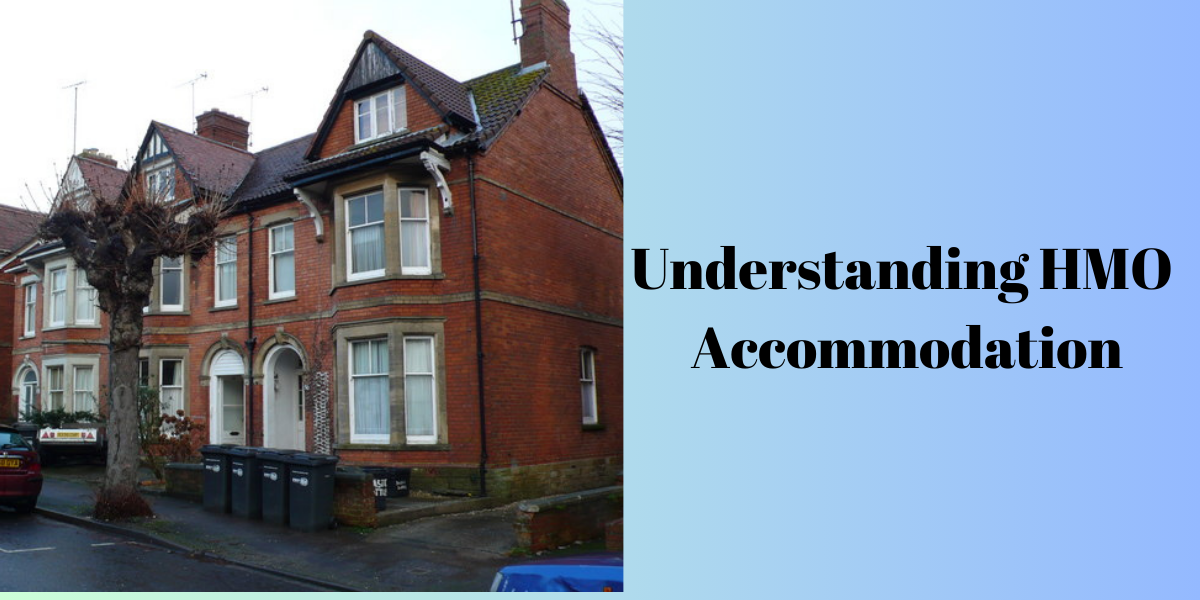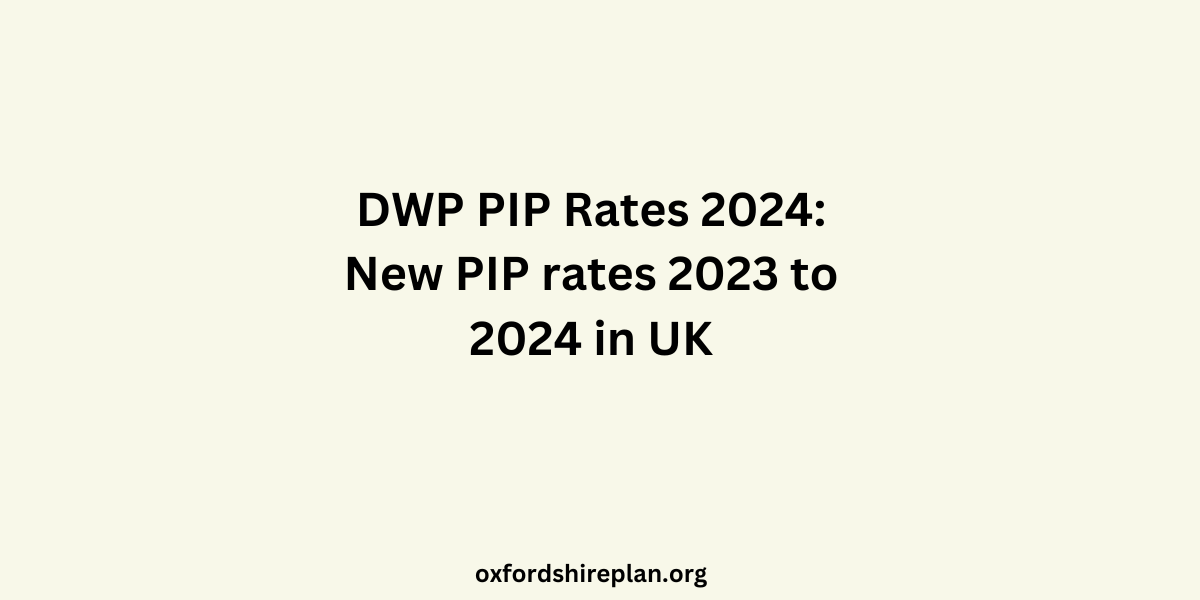Unfavourable tax changes, rising interest rates, and a volatile housing market are putting pressure on buy to let investors, leading us to ponder the future of buy to let housing crisis. The old adage that a man’s home is his castle holds true today, with homeownership being an important financial aspiration for many in Britain. The affection for real estate is so deep that a number of people possess more than one property.
Real estate provides a consistent income and growth potential, making it a favoured option for pensions and investments. This is the reason behind the buy to let mortgages popularity. Since the beginning of the 1st product 26 years ago, countless people have borrowed funds to expand their real estate portfolios, usually yielding considerable profits.
However, the market’s future appears uncertain. An economic outlook and different recent tax alterations, mostly unfavourable, are causing buy to let less appealing as an investment. Let us explore whether the buy to let market is decelerating and what are buy to let housing crisis:
Contents
The Current Market Scenario
The Present Market Situation Data reveals the popularity of buy to let housing crisis, the market currently comprises 2.65 million landlords, collectively owning property assets valued at over £1 trillion. If you were lucky enough to purchase properties in the 90s, you are probably reaping significant returns now. Perhaps you have already capitalized on your investment.
Real estate has always been a dependable long-term investment, but the past 25 years have been particularly rewarding. The average home price has doubled, even when accounting for inflation. The past two years have brought much joy to buy to let housing crisis investors.
We have seen two years of house price growth in the double digits, increasing rental incomes, and a stamp duty holiday from July 2020 to June 2021, where purchasers paid no tax on property purchases below £500,000.
What is Coming Up Next?
It is important to remember that the buy to let housing crisis market has faced delay before. For example, during the year 2008 financial global buy to let housing crisis, house prices took a big hit, causing lending to drop from £45.7 billion in 2007 to £28.5 billion and £8.6 billion in the year 2008 and 2009.
The property market has stayed the same, but it could be heading that way. The Bank of England has increased interest rates to 2.25%, the highest since 2008, to manage inflation, which is currently at its highest in 40 years.
This means the money you borrowed is becoming costly. The UK’s Central Bank is likely to continue increasing rates due to recent tax cuts, so mortgage payments are set to rise.
Those with a variable mortgage rate would have noticed their costs going up mainly over the past nine months. This could particularly impact those with a large buy to let housing crisis portfolio.
As a result, house prices are predicted to fall, and there are already signs of the market slowing down. Some experts believe that property values could decrease by up to 20%.
This is not good news for buy to let landlords. Lower house prices mean less security for the loan, increasing the risk of not being able to make mortgage payments and potentially leading to repossessions.
Landlords might soon have to make a difficult choice: to sell their properties or increase rents.
How Have Tax Changes Impacted buy to let?
Tax is not the only thing to think about when investing, but it can greatly impact your earnings. Recently, the tax rules for buy to let housing crisis have become less friendly. So, what is different?
Changes in Capital Gains Tax (CGT)
Usually, you pay 10% CGT if you are a basic-rate taxpayer and 20% if you are a higher-rate taxpayer. The rates used to be 18% and 28% for basic and higher-rate taxpayers. However, in 2016, George Osborn, the Chancellor at the time, lowered these rates.
However, property was left out of these reductions. Landlords still have to pay the old rates, which is like an extra 8% CGT on the sale of properties that are not your main home.
End of Wear and Tear Allowance
Before April 2016, you can get the claim of 10% from net rents for the ‘wear and tear’ of furnishings without needing receipts. However, Replacement Relief has replaced this, which is less beneficial. You need itemized receipts, like those for new carpets, to reduce your tax bill.
Mortgage Changes in Interest Tax Relief
In the past, buying a property through buy to let had tax advantages. Before April 2020, you could reduce your tax bill with your mortgage costs. If you were a 40% taxpayer, you can claim the relief amount at this rate.
However, this has been replaced with a 20% tax credit, no matter what tax rate you pay. So, if you are a landlord earning more than the higher income tax rate threshold of amount £50,270, you keep less of the rental income.
Stamp Duty Changes
The government recently decided to lower stamp duty, making it cheaper to buy a home. However, buy to let investors have to pay a 3% surcharge on the value of any home they buy. The average house price of about £300,000 is an extra £9k.
- The Best Benefits for Pensioners and the Over 60s
- How To Find My Pensions With NI Number
- Is Redundancy Tax Payable? Everything You Need to Know
- How to Apply for Personal Independence Payment (PIP): How long does PIP take
- What is a P60: What is it, and How do you get one?
- What is a P45 meaning and how do I get one?
- Is £100k after tax a Good Salary in the UK?

I am a dedicated lifestyle and fashion enthusiast, always looking for the latest trends and timeless styles. With a flair for creativity and a passion for self-expression, I provide fresh insights and tips on elevating everyday living and personal style.
















